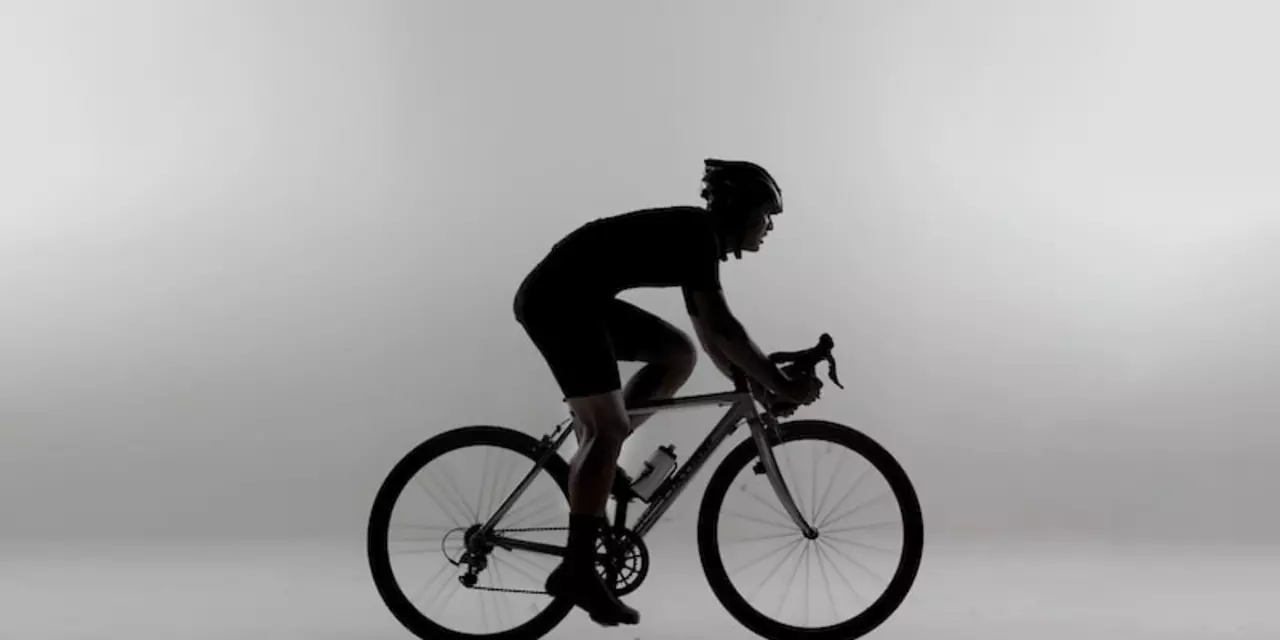Professional Cycling: What Every Fan and Rider Should Know
If you watch a Tour de France stage, you’ve probably wondered how pros smash down hills at 70 mph and why their teams keep losing sponsors. The answers are simpler than you think, and they affect everything from the bike you choose to the races you follow.
First off, pro cyclists aren’t just strong – they’re aerodynamic machines. They sit low, tuck tight, and use every bit of gravity to their advantage. That’s why downhill sections become a high‑speed showdown, with riders treating the road like a runway. But speed isn’t just about pedalling hard; it’s about positioning, gear choice, and even the wind.
Downhill Speed Secrets
When a pro hits a long descent, the average speed lands between 60 and 70 mph, but on a straight, steep run you can see pushes over 75 mph. The trick is two‑fold: reduce drag and manage weight. Riders lower their torso, keep elbows in, and wear tight skins to slice through the air. On the bike, they swap to a larger gear so each pedal turn covers more ground without spinning out.
Braking is another art. Instead of slamming the brakes, they feather them – a light, controlled squeeze that slows the bike just enough to stay stable without losing momentum. The front brake does most of the work; the rear adds balance. Knowing when to use each is a skill honed over years of practice on real mountain roads.
If you’re training for your own fast descents, practice on a safe, empty hill. Focus on body position first, then experiment with gear ratios. Keep your tires at the recommended pressure – too low adds rolling resistance, too high reduces grip. And always wear a full‑face helmet; safety matters more than a few seconds of speed.
Sponsorship Challenges for Pro Teams
Behind the excitement, pro squads are battling a cash crunch. Sponsors pull back when the sport’s visibility drops or when scandals hit the headlines. Unlike mainstream sports with TV deals, cycling often relies on brand exposure at races and on social media. If a team isn’t consistently on the podium or creating viral moments, sponsors see less ROI and may walk away.
Economic downturns tighten marketing budgets, and the cost of running a professional outfit – from rider salaries to travel and equipment – is huge. Teams try to offset this by building strong digital content, engaging fans with behind‑the‑scenes videos, and aligning with causes that match their brand values. The more authentic the connection, the harder it is for sponsors to ignore.
For riders, this means you’ll see more rider‑driven branding – personal Instagram reels, YouTube tutorials, even custom merch. If you’re a fan, supporting these channels directly helps keep the sport funded. Everyone benefits when the community rallies around the athletes and their sponsors.
In short, professional cycling is a blend of raw speed, smart engineering, and business savvy. Whether you’re chasing a fast descent or trying to understand why your favorite team lost a sponsor, the basics are easy to grasp. Keep an eye on the bike’s setup, watch how riders handle hills, and follow the stories behind the team logos. That’s the real heart of the sport – fast, fierce, and forever evolving.
Professional cycling has been subject to doping allegations for decades. Despite testing, riders have continued to be caught using banned substances. New technologies have made it easier to detect doping, however some riders are still able to avoid detection. Despite the efforts of governing bodies to clamp down on doping, some believe that professional cycling is still not as clean as it could be. With the continued development of testing protocols, it is hoped that professional cycling can become a truly clean sport.
Continue reading...
